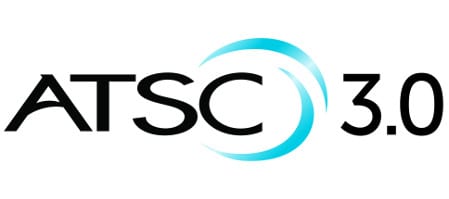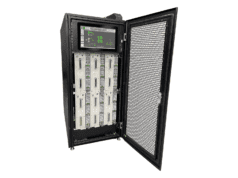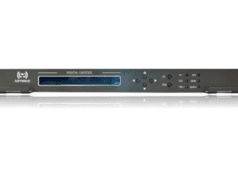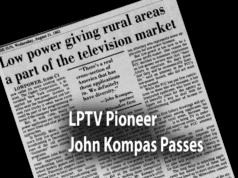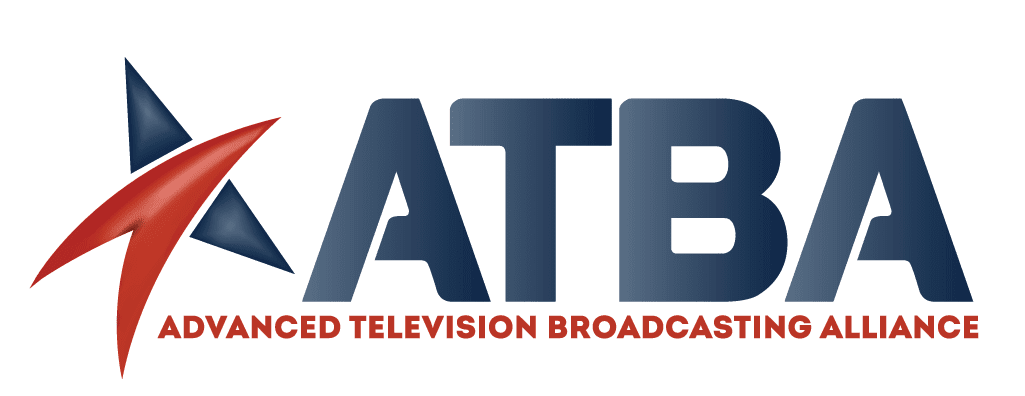Bandwidth-hungry video is viewed as an insatiable beast by those who are delivering it over crowded networks. Better compression and mobile network advances have relieved some congestion but the flames of UHD and virtual reality are licking at the heels of cellular networks.
TV broadcasters think they can help relieve some of that congestion with the new next-generation DTT system, ATSC 3.0. Many see the new set of standards as a way to deliver the highest-quality UHD programs and a method for harmonizing broadband and broadcast delivery. Other broadcasters think it’s most important job will be to broadcast video programming to mobile devices like smartphones.
Broadcasting instead of unicasting is already a more efficient use of resources but the new system, which specifies HEVC, AC-4 and MPEG-H compression standards and can be better optimized for mobile transmissions than the current standard, promises to be a complement to distributing video content over cellular networks and the internet.
And, yes, it has been tried before. Qualcomm’s MediaFLO, which provided broadcasted pay TV services using licenses in the 700 MHz band, closed up shop back in 2011. Select US free-to-air broadcasters deployed mobile TV services with the ATSC-M/H standard, which was developed to be backward compatible with the current DTT system, ATSC. Neither of these succeeded, ditto for a similar effort in Europe with the DVB-H standard. What went wrong?
Most attribute the failure of MediaFLO to the pay business model coupled with a limited line up of programming. ATSC M/H, most say, suffered from a lack of receivers in a classic “chicken and egg” conundrum. In addition, the availability of mobile content rights was spotty and content offerings suffered. So, why should it be different this time?


